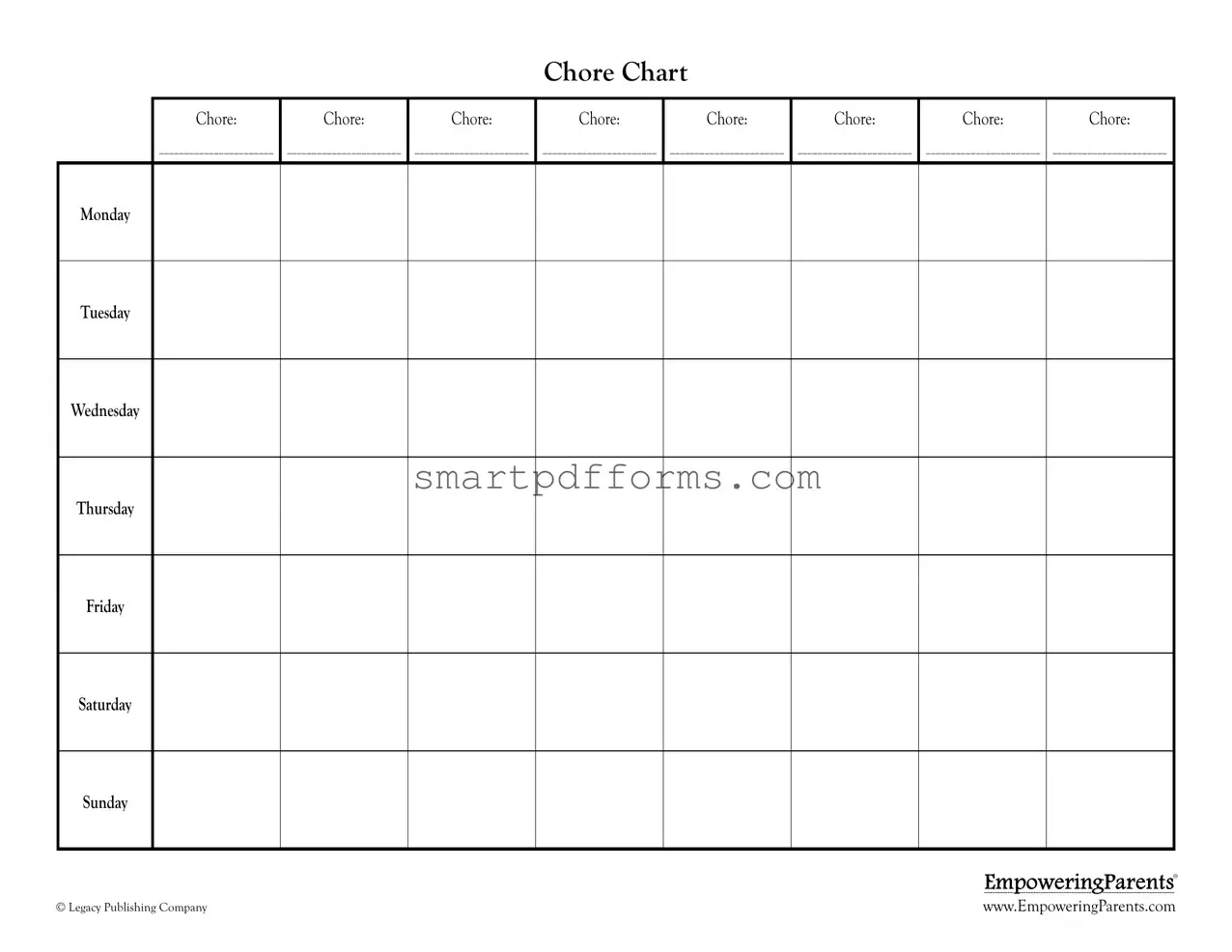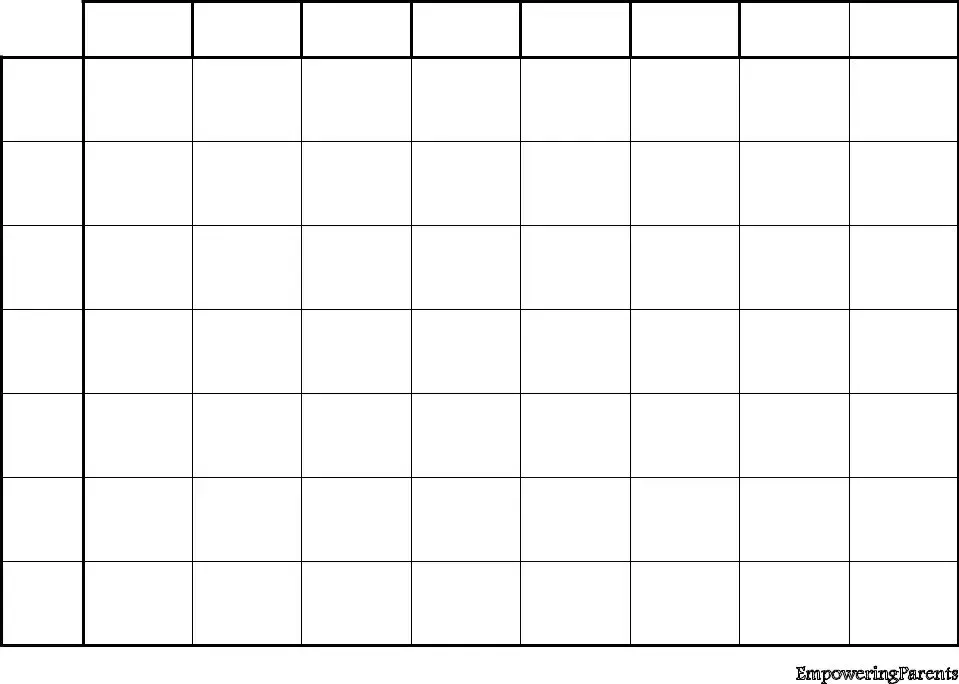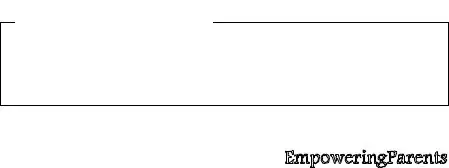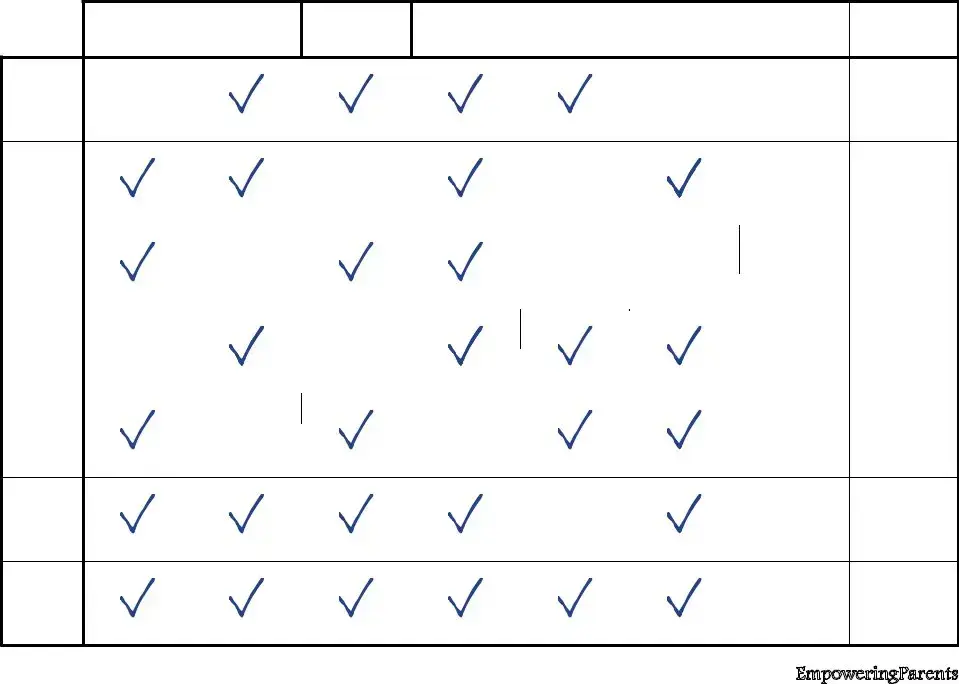The Chore Chart form, a creation of Empowering Parents courtesy of Legacy Publishing Company, serves as a structured tool aimed at enhancing responsibility and accountability in children through the methodical assignment of daily chores. This innovative approach not only demarcates tasks in an organized manner but also encourages a tangible system of rewards and privileges, thereby fostering a positive reinforcement loop. By allocating specific chores for each day of the week, the chart effectively bridges the gap between expectation and practice, making it an invaluable asset for parents striving to instill a sense of discipline and routine in their offspring. Suitable for a diverse age range, the Chore Chart is adaptable, with suggested tasks varying from simple to more complex activities, designed to cater to the evolving capabilities of children as they grow. The emphasis on visible placement, such as on the refrigerator, underscores the importance of accessibility and constant reminder. Moreover, the chart underscores a strategic approach to goal setting, advocating for realistic and achievable objectives that are age-appropriate, while also allowing for flexibility and adjustment based on the child’s progression. The form further advises against using the chart as a punitive measure, instead suggesting a nuanced approach to motivation that avoids the diminishment of earned rewards, thus maintaining the child’s morale and enthusiasm. With additional resources available on EmpoweringParents.com, the Chore Chart form encapsulates a comprehensive strategy towards cultivating responsibility in children through a balanced blend of structure, encouragement, and constructive feedback.



